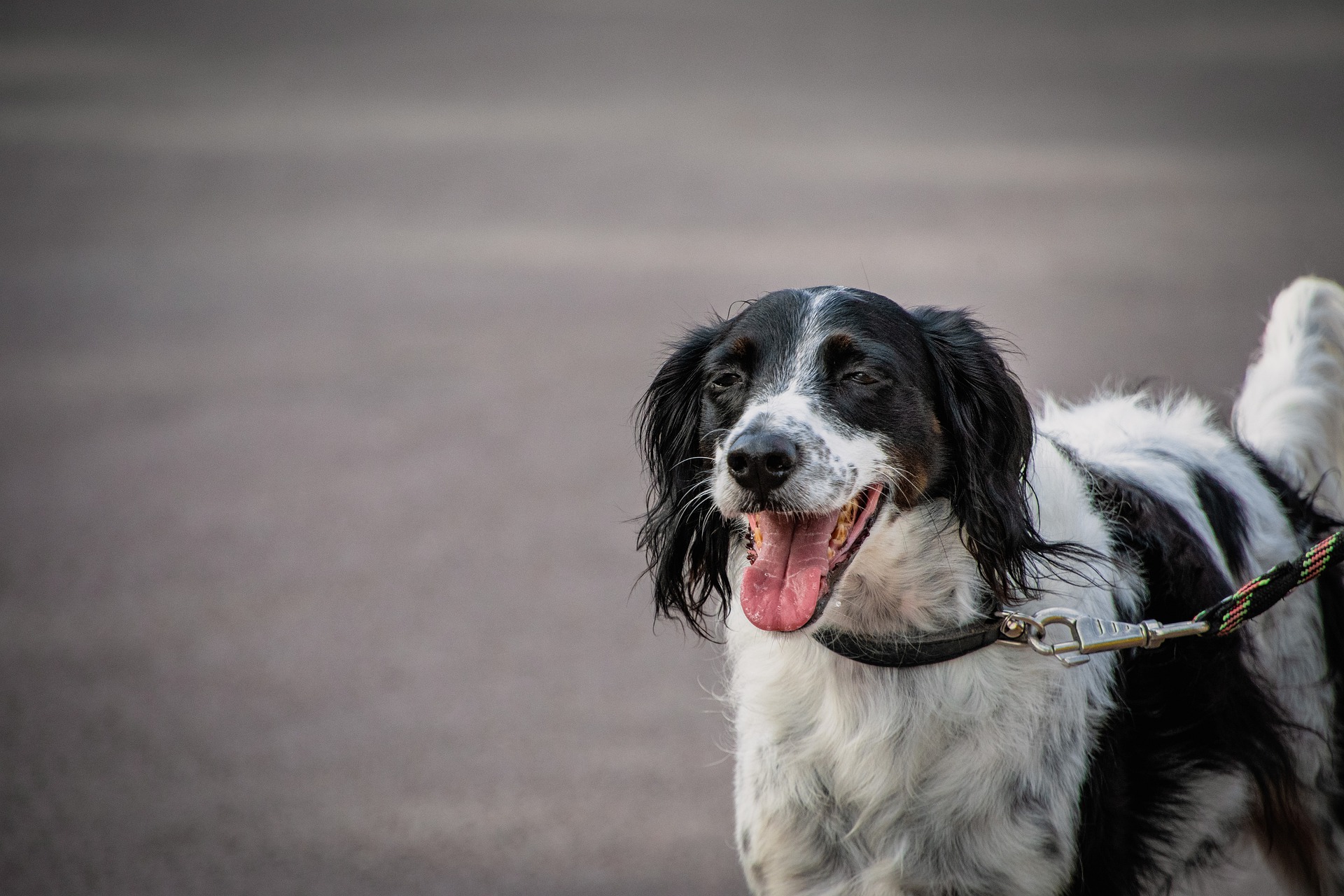Walking a dog that negatively reacts when encountering other people, dogs, or cars can make you dread afternoon strolls. The more you start to worry about what might happen on your walks, the tenser your pup will likely become. He may lunge, bark, or growl when outside, but the situation is not hopeless. You certainly should not stop walking them, because they need the exercise and enrichment.
Why Do They Lunge?
You may be confused about why your sweet dog, who behaves well at home around guests or other dogs, suddenly behaves aggressively on walks. This phenomenon is referred to as “leash reactivity,” and it’s a common occurrence. They may be lunging out of fear, excitement, or actual aggression in a few rare cases. If you can pinpoint what motivates your dog, you can work with a trainer or vet to address that specific issue. Regardless of their reasoning, you can implement some tools and training to help ease their reactivity.
Start Training as Soon as Possible
The more that a behavior is repeated, the more ingrained it becomes. This is why positive associations with desired behaviors are so successful in training–the dog learns that performing a behavior results in a reward and thus is more likely to do it in the future. On the other hand, if a dog is allowed to continue to lunge, it will be more likely to do it in the future.
Use Proper Tools
Collars can cause harm to your dog’s neck if they lunge or pull too hard. Instead, opt for a harness with a front clip or a head harness. These help prevent your dog from successfully lunging because they turn your dog back toward you. Your dog will realize that trying to lunge doesn’t get them closer to where they want to go.
Choose Quiet Times
Take your dog for walks along a quiet route during a time when you’re less likely to encounter others. By remaining vigilant, you will have the best opportunity to alter your course or distract your pup when someone else comes into view.
Work on Sitting Calmly
When you pull back on the leash, you raise the tension and make your dog more anxious. Instead, work on teaching them to sit calmly on the side or slightly off the path while the other person, dog, or object passes. Bring plenty of treats on your walk. As soon as you see their body language react to something, bring them to the side and have them sit. Place your body between them and the object. Keep a good grip on the leash and keep it short but not taut. You don’t want to create tension. Use the treats (and a clicker, if you have one) to lure them into making eye contact with you instead of the passing object. The second they look at you, mark and reward. It will likely take some time before they can sit still the whole time someone passes. Stay patient, stay calm, and remain consistent.
While many people prefer to train their dogs at home, some need professionals to help to modify their dog’s behavior. From puppy training to mature dog obedience classes, Gulf Coast K9 Dog Training provides expert dog classes to those in the Sarasota and Bradenton area.





